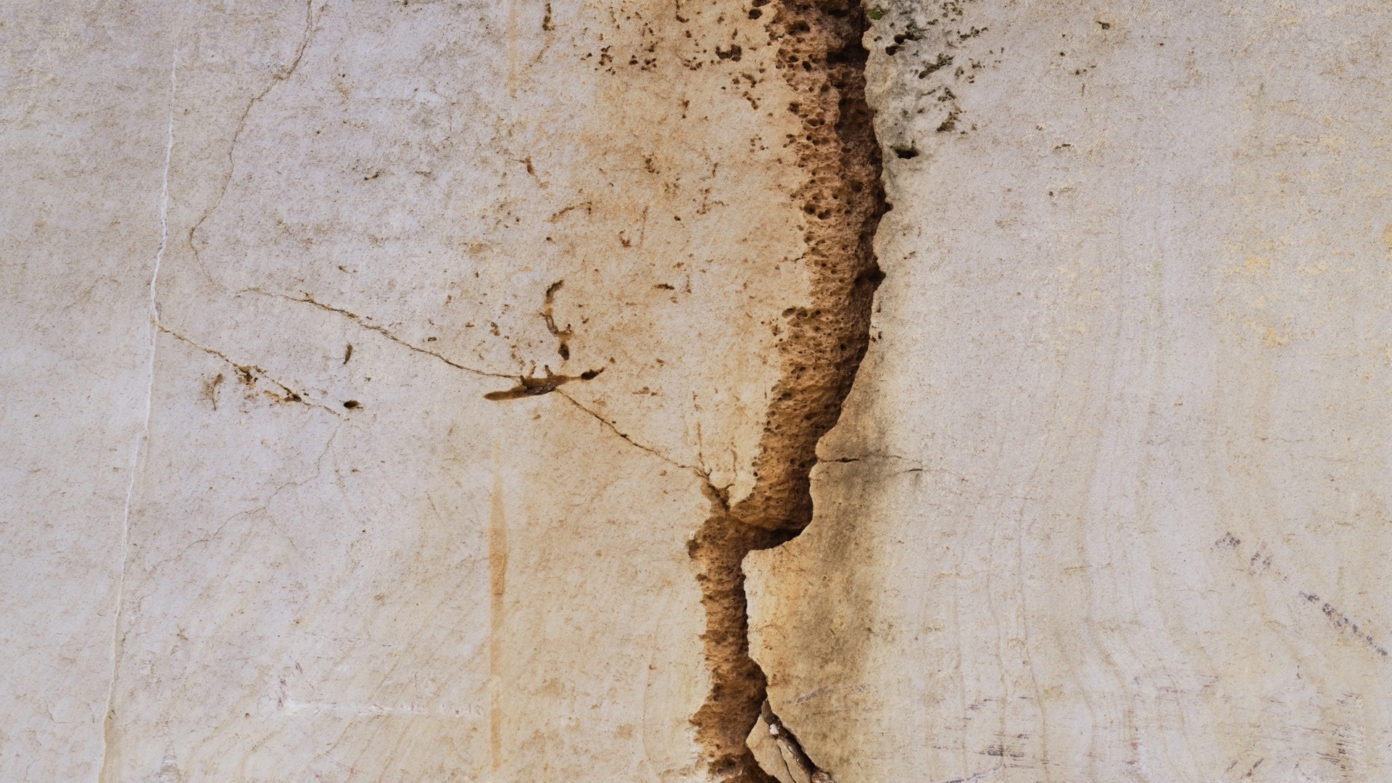In a context of changing cultural practices that question the future of museums, the Centre Pompidou launched a competition for the creation of a new conservation center. This competition was won by the architectural firm PCA-STREAM under “La Fabrique de l'Art” (The Art Factory) project submission. Housing the collections of the Centre Pompidou and the Picasso Museum, it will offer a comprehensive collection and conservation facility leveraging an innovative approach whereby, under one building, there will be both a facility for cutting-edge research/conservation and a public engagement space. The project, which is set within a delightful park, will become a new central location for residents of the Île-de-France region.
Public

La Source Vive is a new concert hall dedicated to chamber music located in Évian. The result of a collaboration between architects Patrick Bouchain and Philippe Chiambaretta. Its conch-like form is the outcome of sensory experimentation and scientific analysis aimed at achieving exceptional acoustics while blending seamlessly into its scenic surroundings. The project is housed by the Évian Resort and embodies Aline Foriel-Destezet’s commitment to promoting music. Born of her desire to support the creation of an architectural complex featuring a unique concert hall in service of a major music project, La Source Vive will be located at the Mélèzes site, in the close vicinity of La Grange au Lac, another iconic music venue designed thirty years ago by Patrick Bouchain. Together, they will form an exceptional architectural complex dedicated to music—two complementary facilities within the same institution working together to provide a complete, open, and supportive musical experience.

PCA-STREAM has won the competition for the extension of the Bobigny courthouse by designing a building with a balanced monumentality, reaffirming without excessive theatricality the sacredness of justice. The new courthouse will offer a functional and exemplary building, embodying the idea of a justice of care.

At emlyon’s upcoming Gerland campus, which is slated to welcome its inaugural students in 2024, we’ve arranged the buildings around a spacious interior street and a spectacular central hub—Cœur Battant, the “beating heart” of the campus—where daily activities and key school events will converge. Every element is designed to foster interaction, serendipity, and collective intelligence. The campus opens itself up to the city, as well as to businesses and events. It is fully aligned with the environmental dynamics of the Gerland District as well, with its extensive garden and commonsense approach to sustainability, exemplified by its uncomplicated and efficient facades adorned with terraces and inviting outdoor walkways.

The new Versailles Tourist Office is intended to improve the reception of the millions of tourists to the château, while allowing them to discover the richness and variety of the city's cultural activities. In dialogue with a contemporary grove by landscape designer Nicolas Gilsoul, PCA-STREAM reinterprets the figure of the pavilion to offer a sober and minimal building, combining modernity and classicism, as a synthesis of what Versailles can offer the world.

The merger of the four central arrondissements of the French capital, the beating heart of Parisian culture, is embodied in the new administrative hub set up around Square du Temple, with the Paris Centre Town Hall and Police Precinct. PCA-STREAM is adapting, restoring, and revitalizing the Hôtel de la Garantie, a heritage complex from the 1920s, in order to accommodate almost 600 police officers under new, enhanced working conditions.

A new institution for the arts in Montpellier, the MOCO brings together the Panacée and the École Nationale Supérieure des Beaux-Arts of Montpellier Méditerranée Métropole around the Montcalm Hotel. This headquarters for contemporary creation aims to federate the art scene in Southern France, and to break with cultural centralism, while at the same time avoiding a repetition of the “Bilbao” recipe of the spectacular object. It explores the possibilities for the transformation of the city through art in line with an organic model that rises to the contemporary challenges of regenerating historic cores and recycling existing architecture. The MoCo is in phase with a younger generation’s aspirations towards collective appropriation, co-production and the idea of making do with and together.

The Center for Contemporary Creation (CCC) of Tours occupied a dilapidated location that was devoid of identity. PCA-STREAM conducted an experimental reflection on the identity of this place of artistic production, eventually leading to an architectural project of a second skin for the façade. One hundred and fifty blades of LED-backlit Plexiglas make up an organic and shifting scenery that interacts with the street and the public. This hybrid object between sculpture and architecture has become the emblem of the CCC.

PCA-STREAM has designed a museum for the art collection of the Ukrainian philanthropist Victor Pinchuk in the heart of the historical city center of Kiev. Inaugurated in 2006, this center is a beacon for contemporary art in Eastern Europe and has contributed to the promotion of cultural exchanges between the East and the West these past ten years.

PCA-STREAM designed and completed a commercial and leisure center destined to become a new urban centrality in the Roissy-Charles de Gaulle airport area. Aéroville is inspired by the travel imaginary and diverts the codes of the international flagship store. It is a public space that hybridizes the codes of the airport with those of mixed-use activities of an urban center. Built in less than four years of studies and construction, it was delivered to the client, Unibail-Rodamco, in October 2013.
Explorer Toutes les typologies
 stream voices
stream voices
Eager to share more generously the results of its collaborations and research, PCA-STREAM publishes STREAM VOICES, its online magazine!













